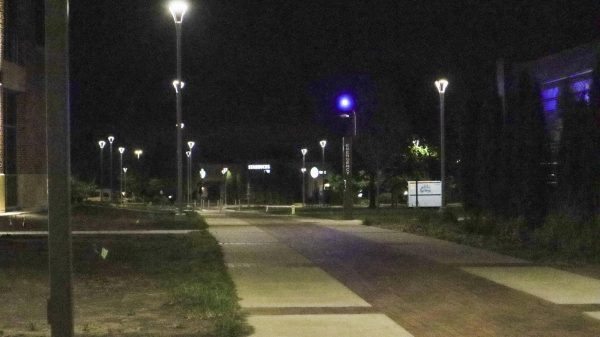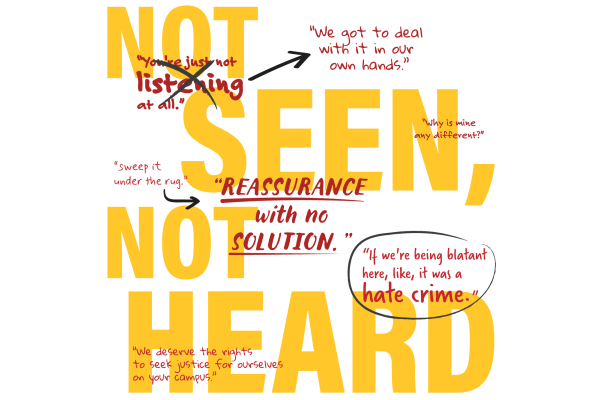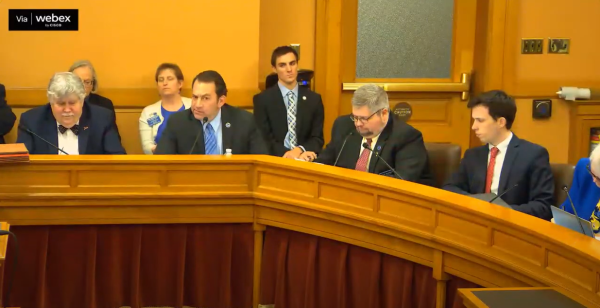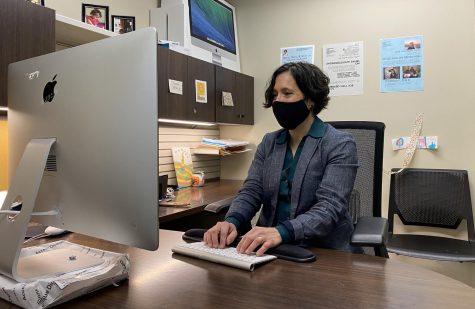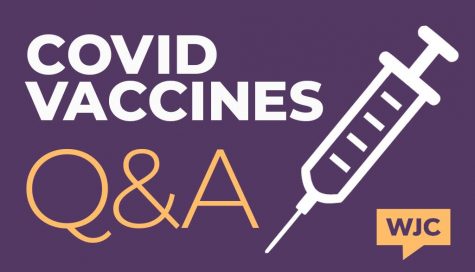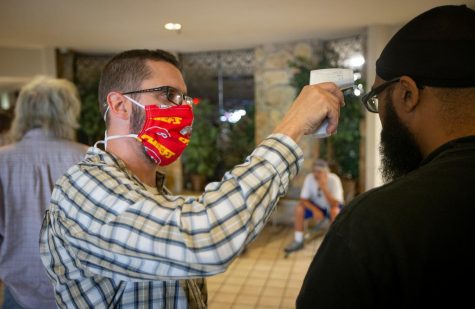WSU maintains No. 1 national ranking in industry-funded aeronautical R&D
Wichita State remains the top university in the country for industry-funded aeronautical research and development (R&D) expenditures, according to the National Science Foundation’s updated rankings.
The rankings, derived from a higher education survey, include data from fiscal year 2017, the most up-to-date information available.
In fiscal year 2017, WSU held its top position with $34 million in industry-funded aeronautical R&D expenditures. WSU also maintained its No. 4 ranking in total aerospace R&D expenditures with $52 million.
“Wichita State has made strategic efforts to increase industry partnerships and collaboration and gain additional federal grants — solidifying our reputation as the top engineering research institution in the state and among the nation’s top 10,” said John Tomblin, vice president for technology transfer.
Tomblin said WSU’s efforts to increase industry partnerships and make new connections in the defense industry have driven WSU’s increase in R&D funding.
“Over the next few years, we expect to see greater increases, a direct result of the commitment of our faculty, staff, and students to go above and beyond to form and support these partnerships,” said Tomblin, who also serves as executive director of the National Institute for Aviation Research (NIAR).
Tomblin’s base salary is $358,000, but records obtained by The Sunflower show he was paid $797,869 in 2018 — more than twice as much as President John Bardo, WSU’s next highest-paid state employee.
In January, NIAR director of finance and operations Paul Werner told The Sunflower that Tomblin is “directly responsible” for WSU’s No. 1 ranking in industry-funded aeronautical R&D.
WSU Budget Director David Miller said setting Tomblin’s base salary at less than $400,000 with the incentive of additional compensation acts as a performance driver.
“For someone like Dr. Tomblin, his [additional compensation] is driven by the grants and research that he’s bringing into the university, so if we incorporated that into his appointment letter and his salary is way up here, now what’s the performance driver for him to bring more and more research into the university?” Miller said.

Matthew Kelly is a former editor-in-chief and managing editor for The Sunflower. Kelly graduated in 2020 with a bachelor’s degree in political science...





